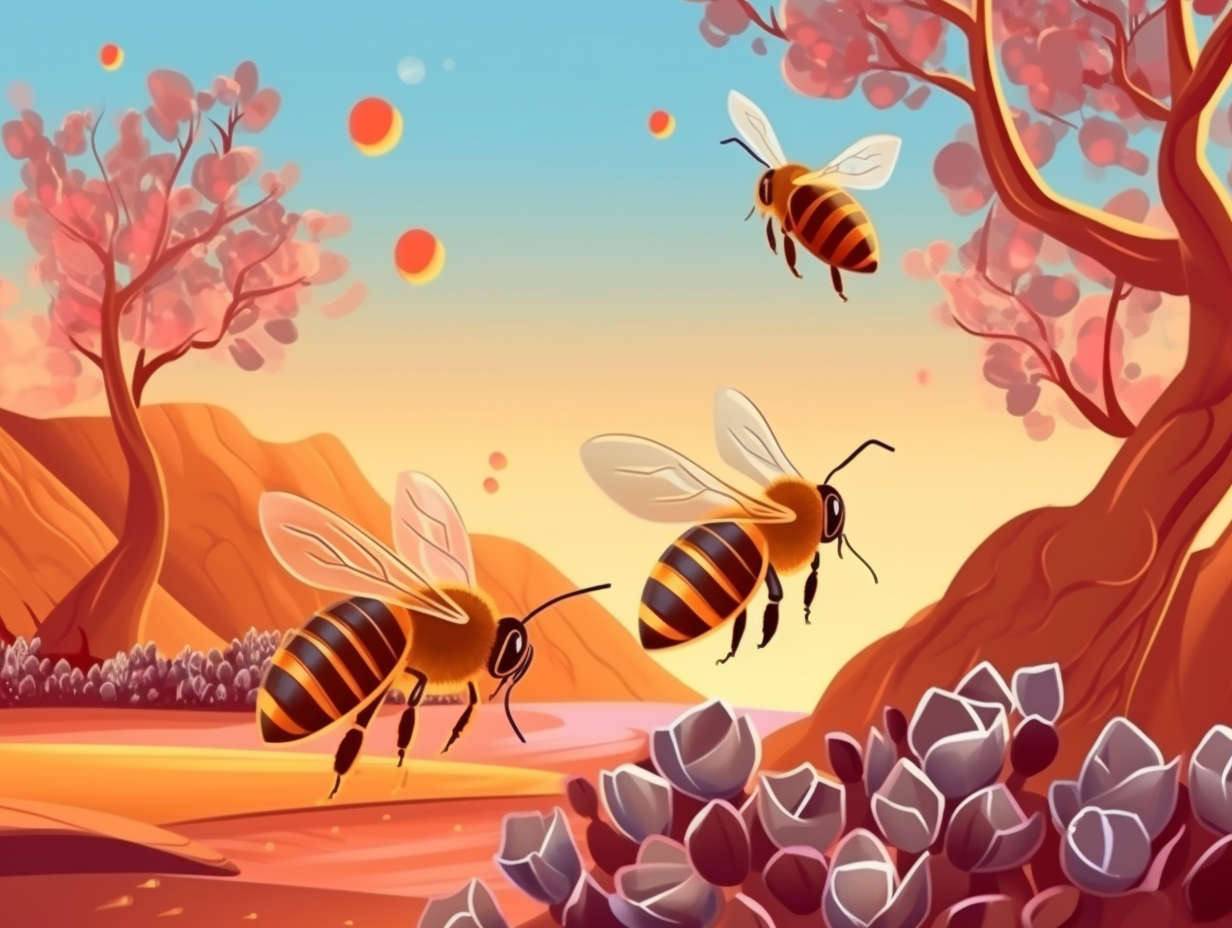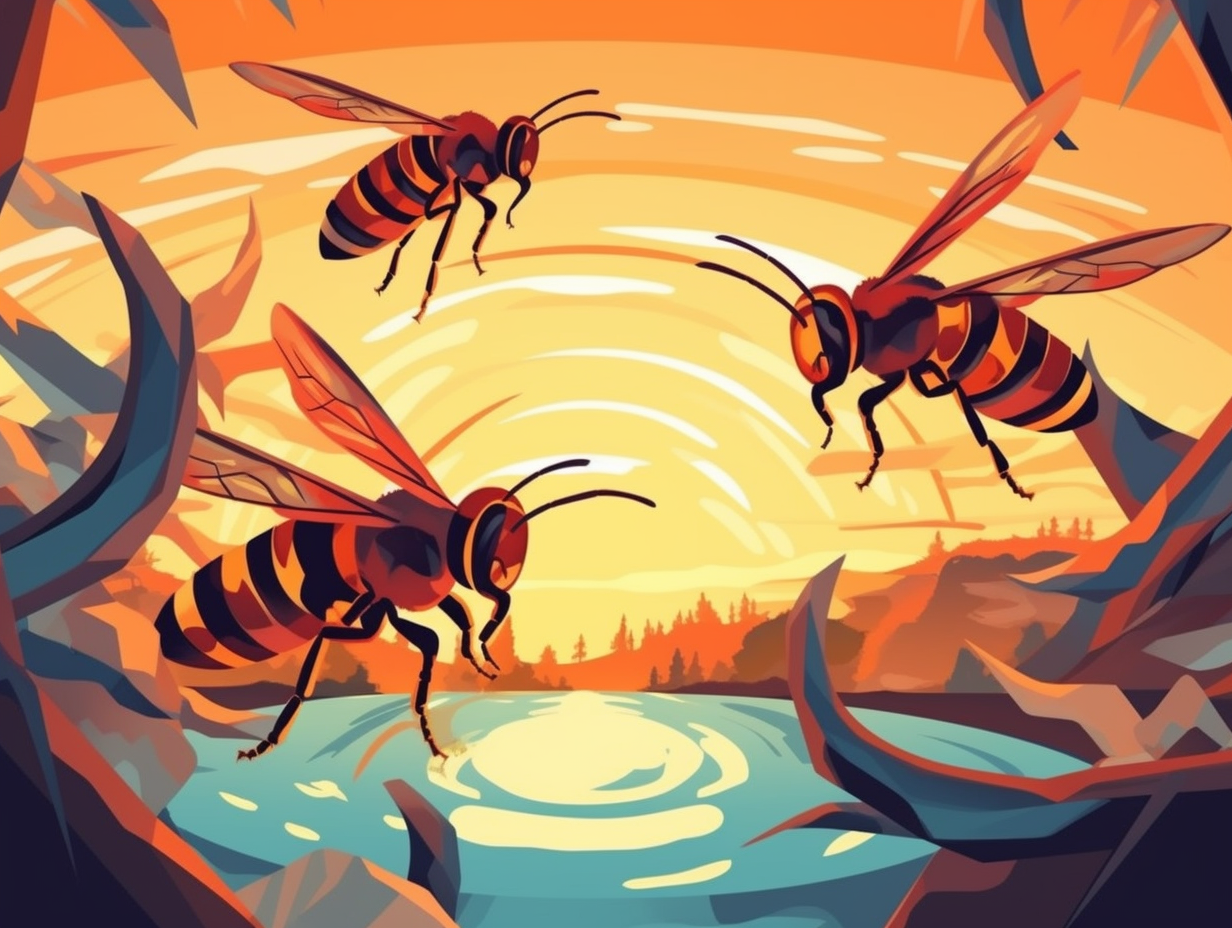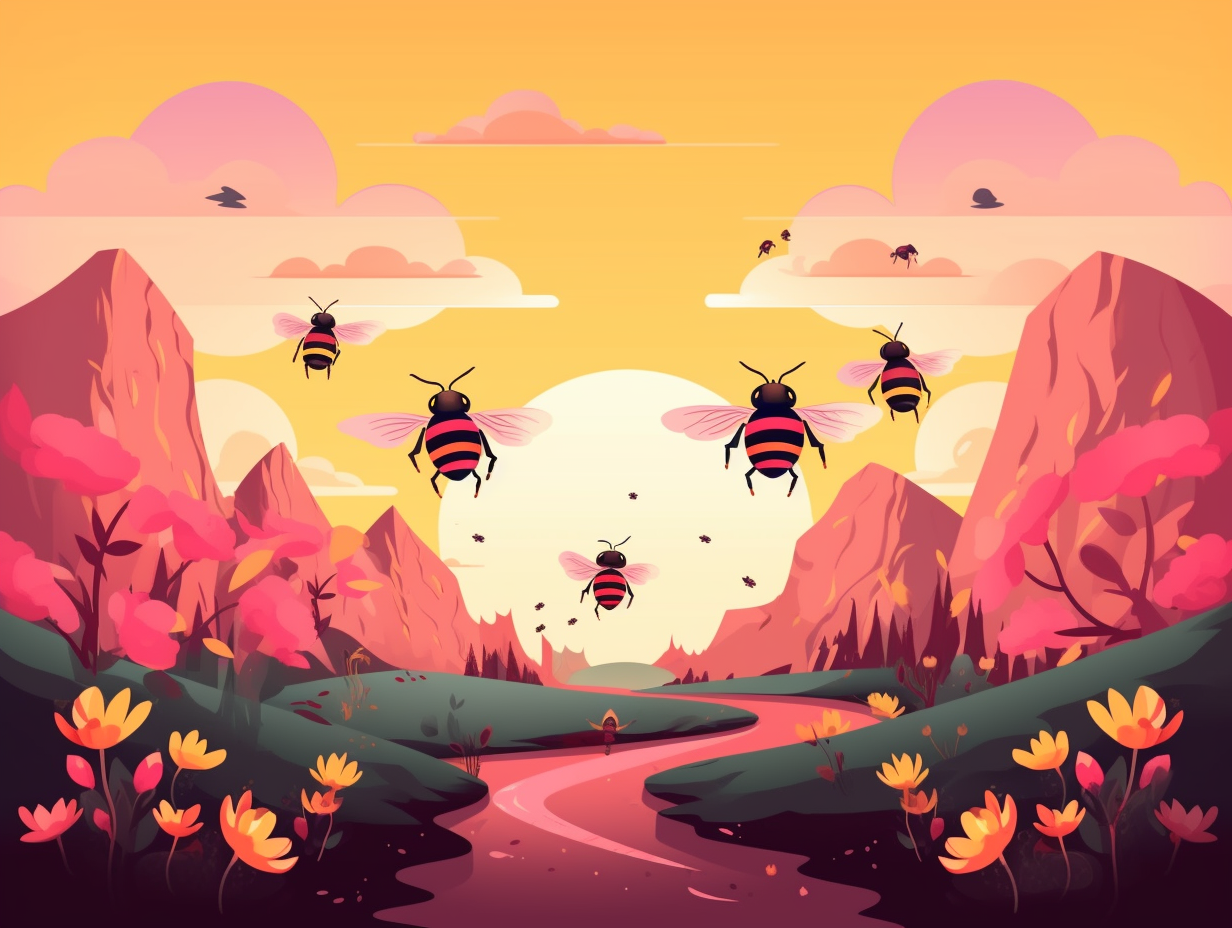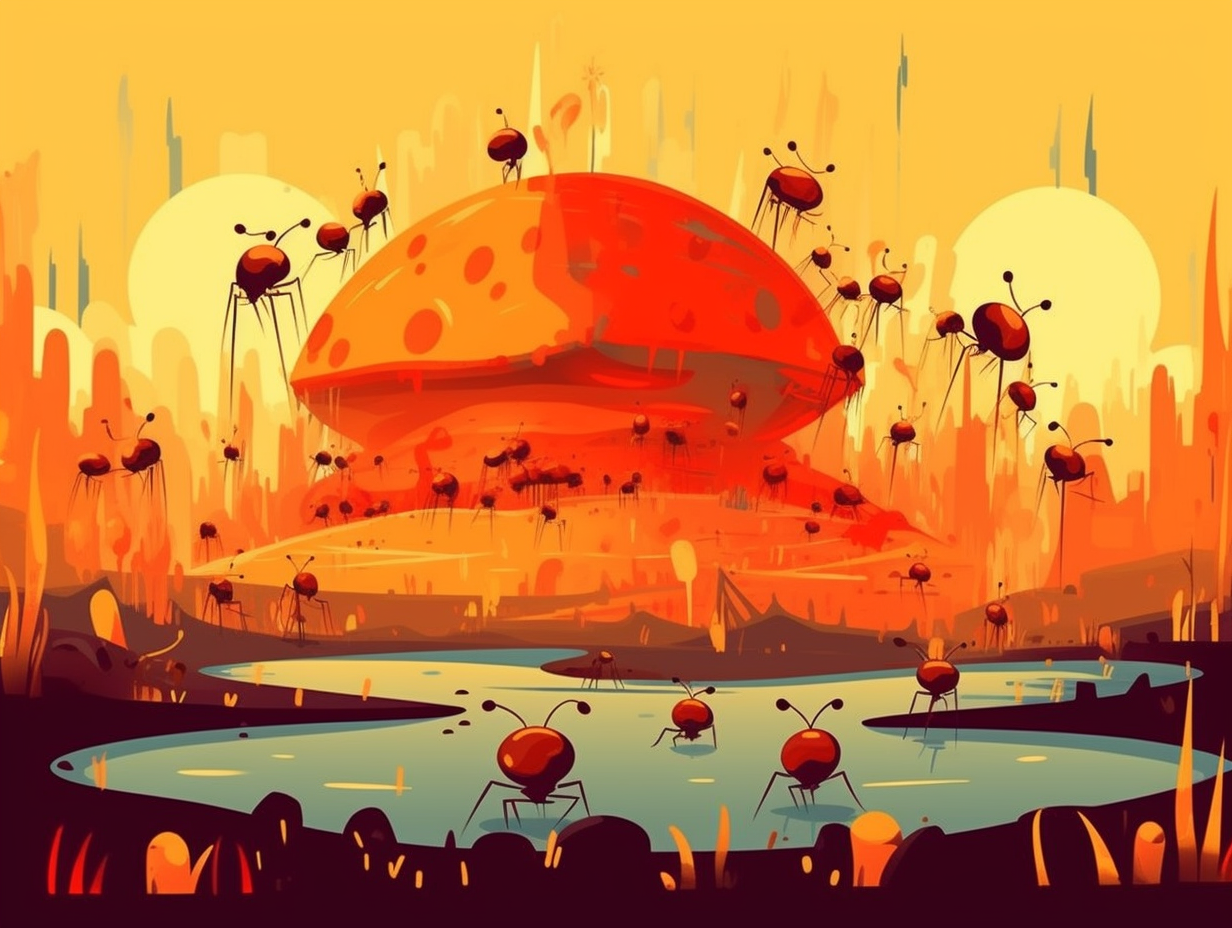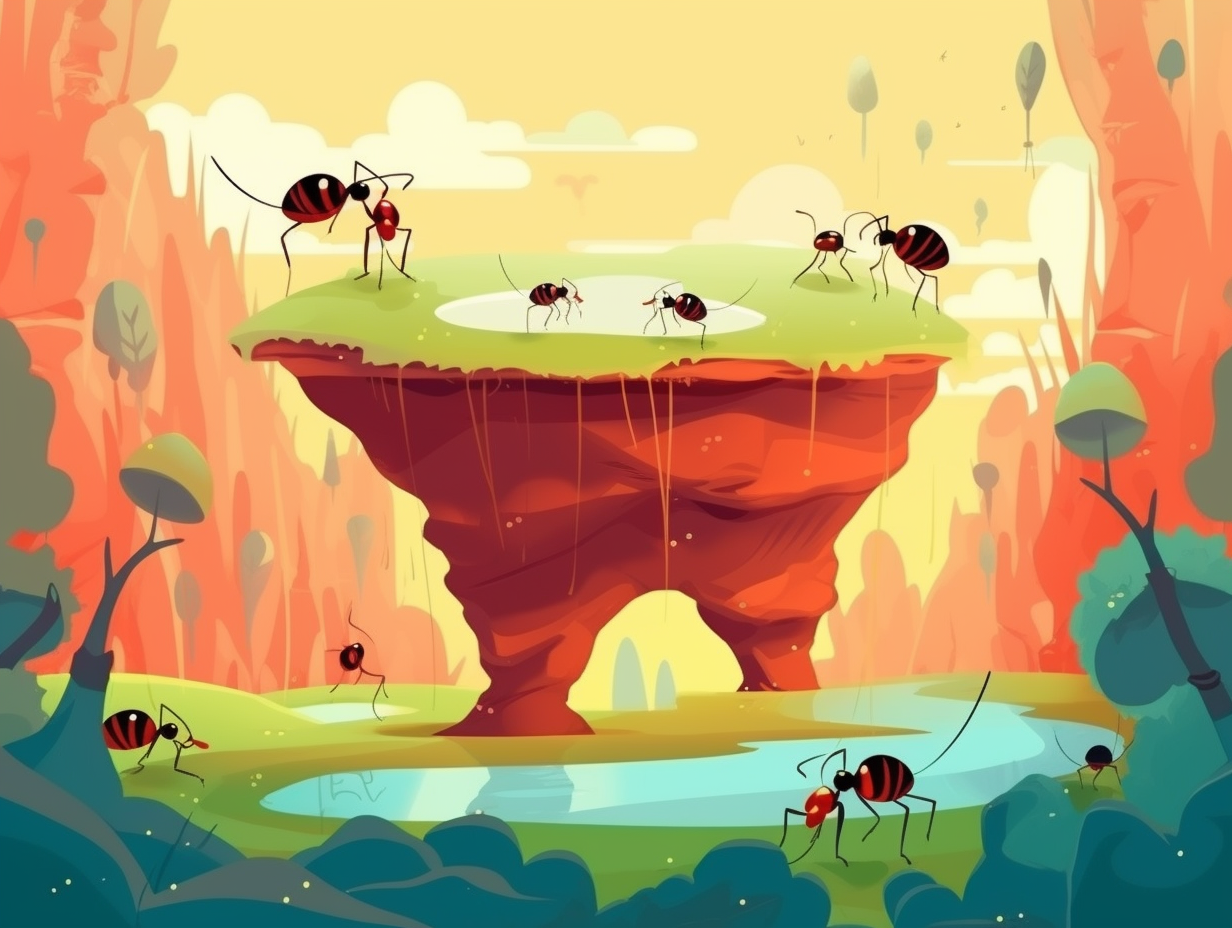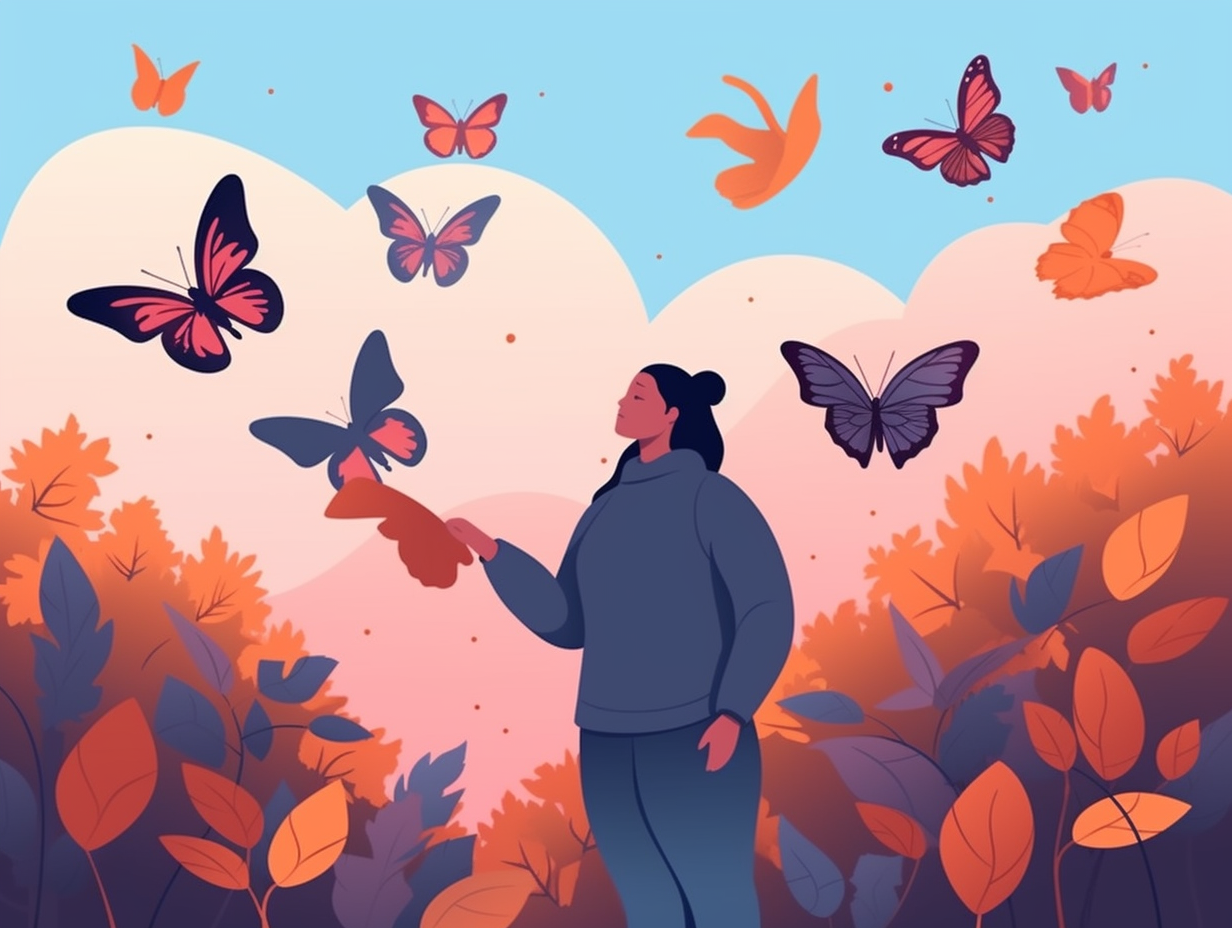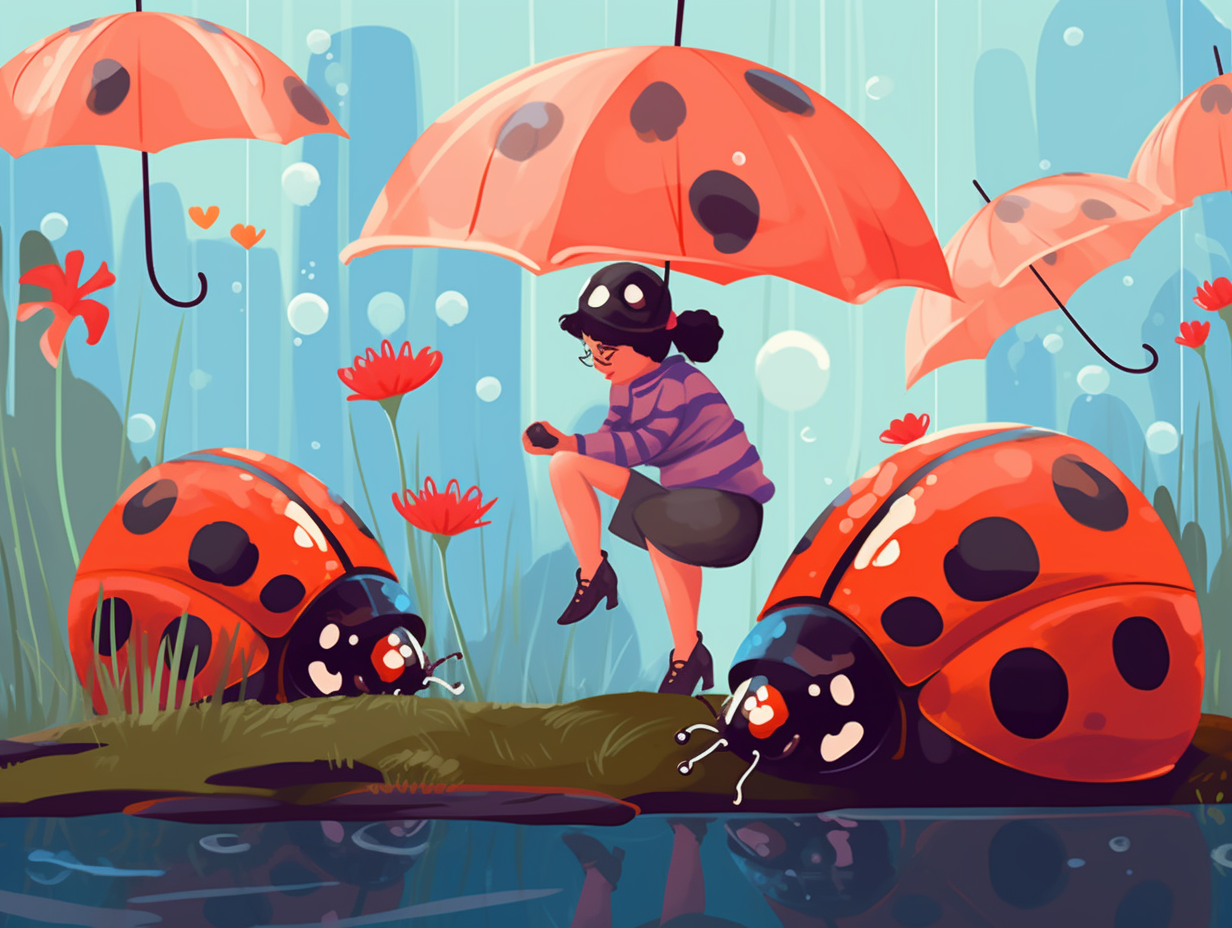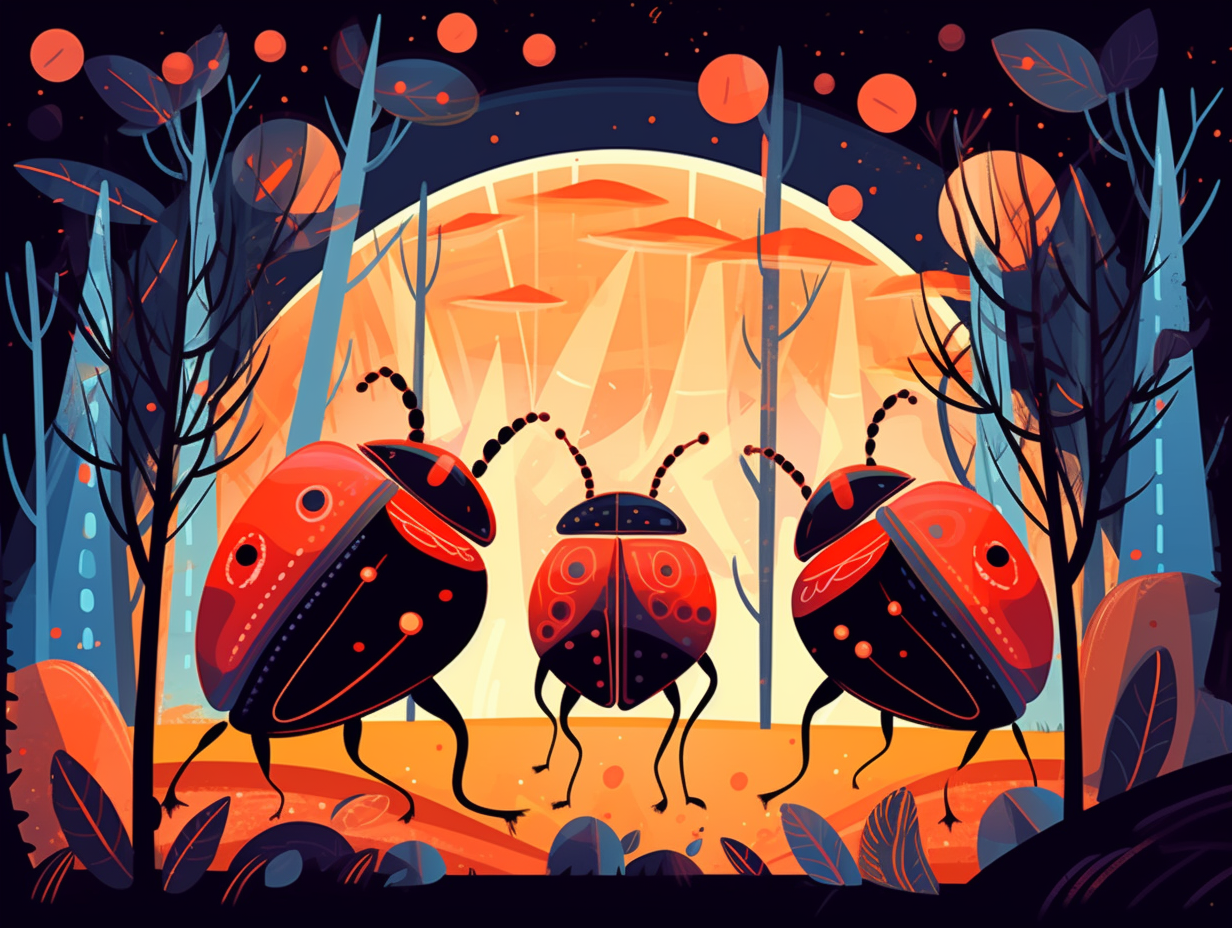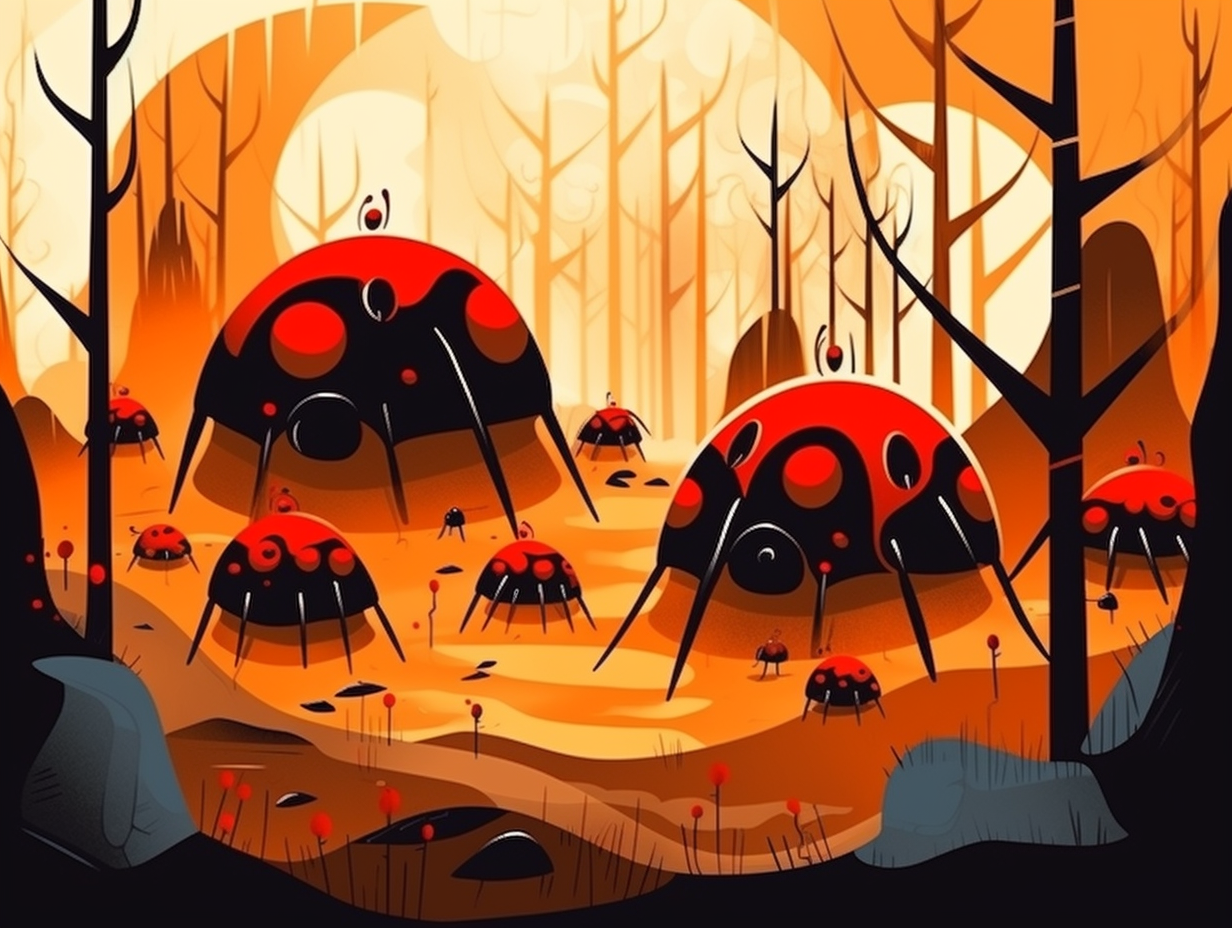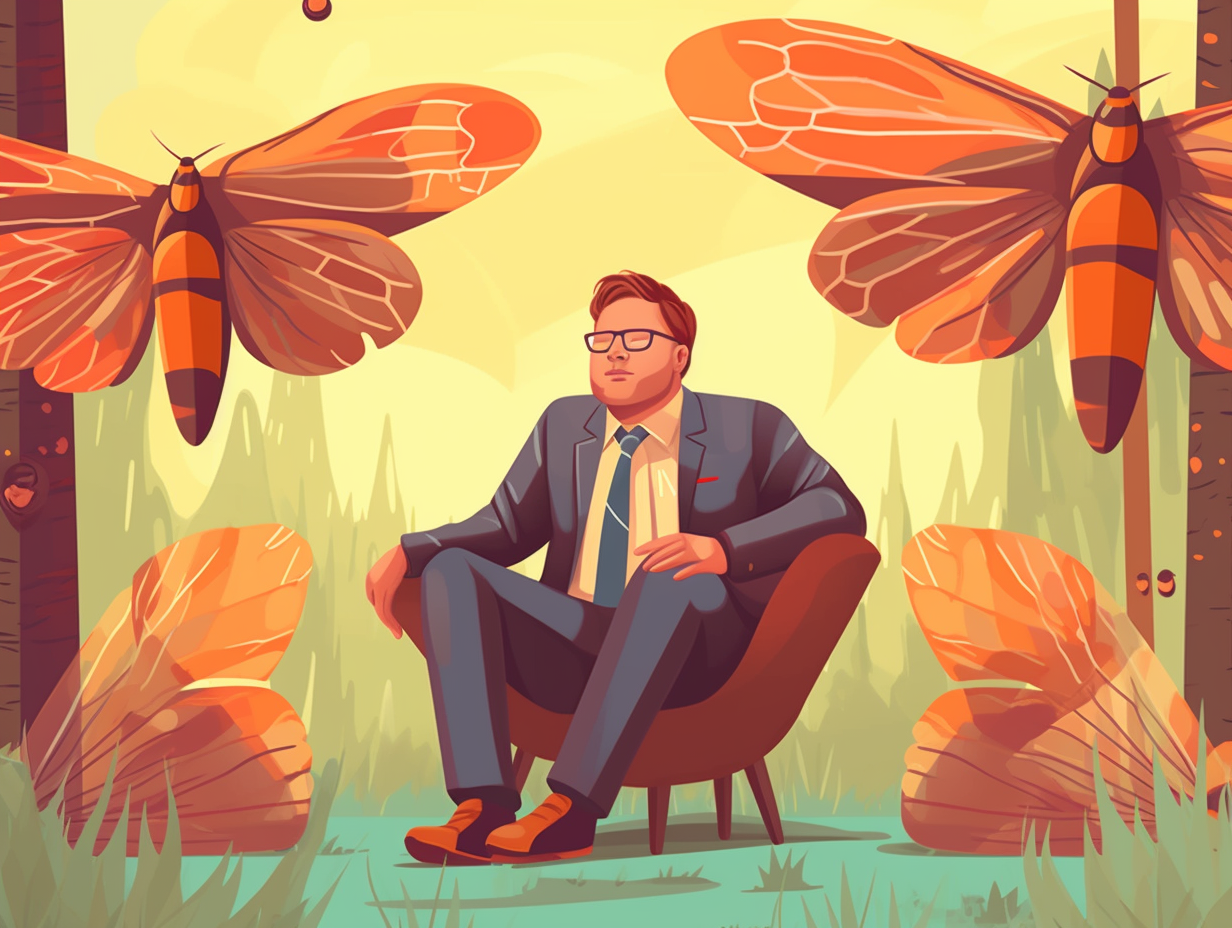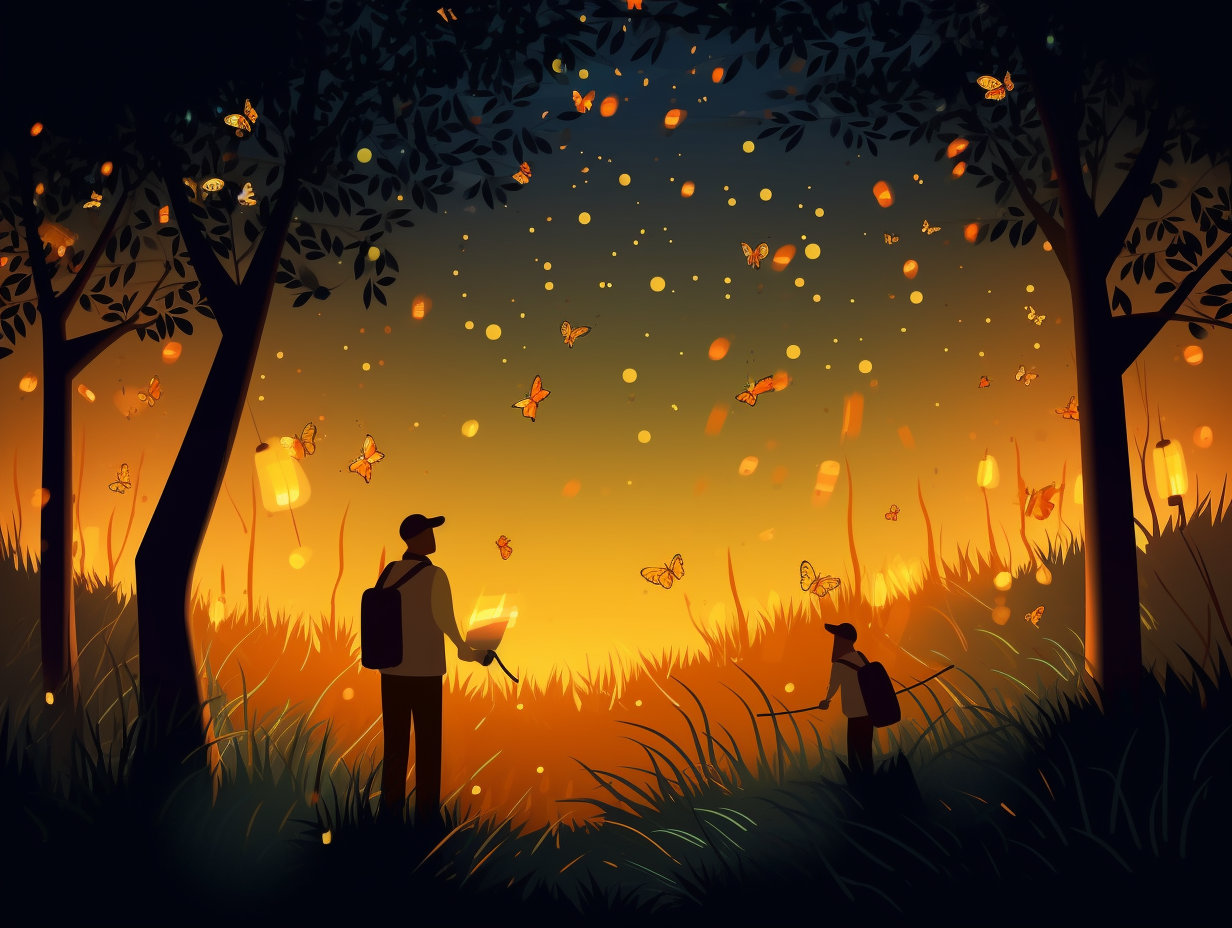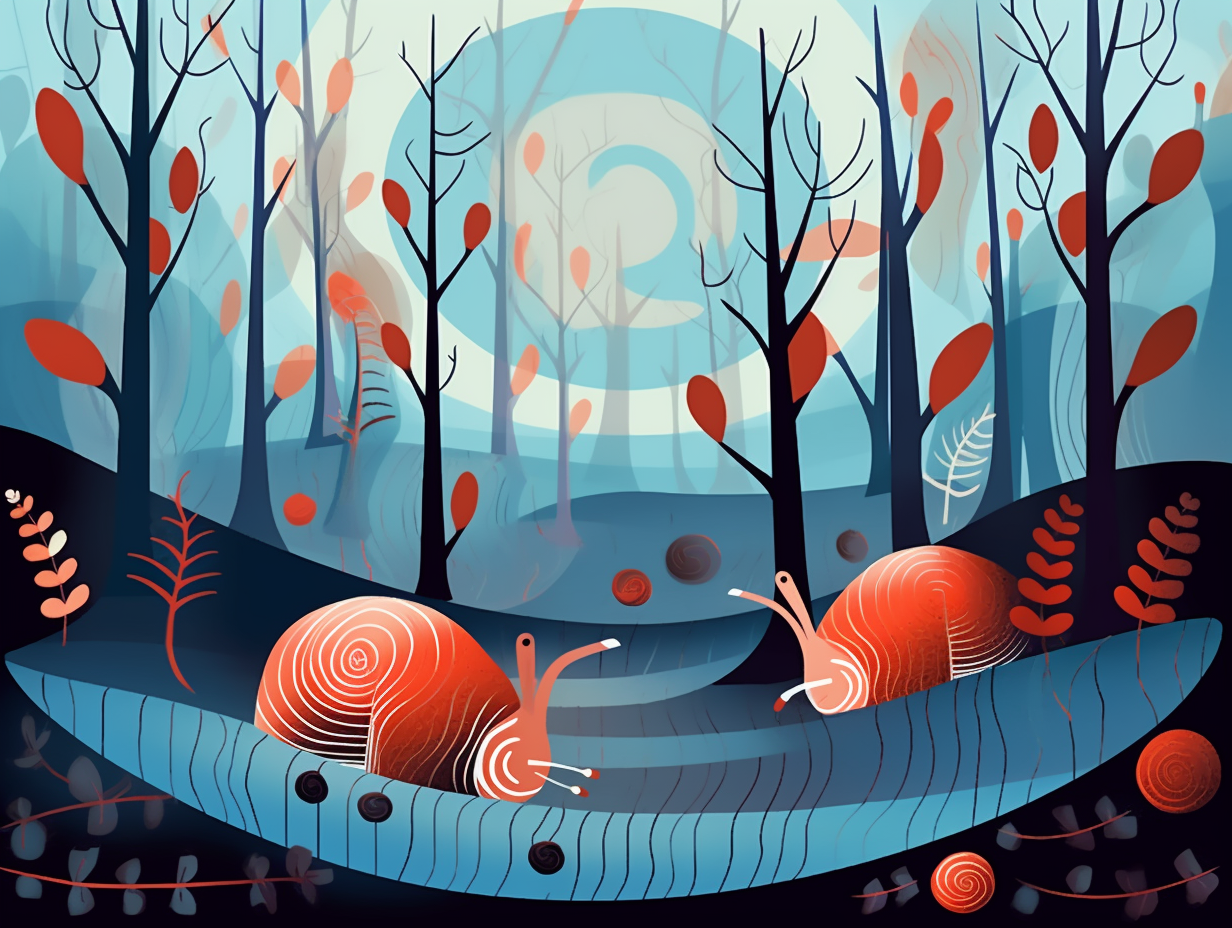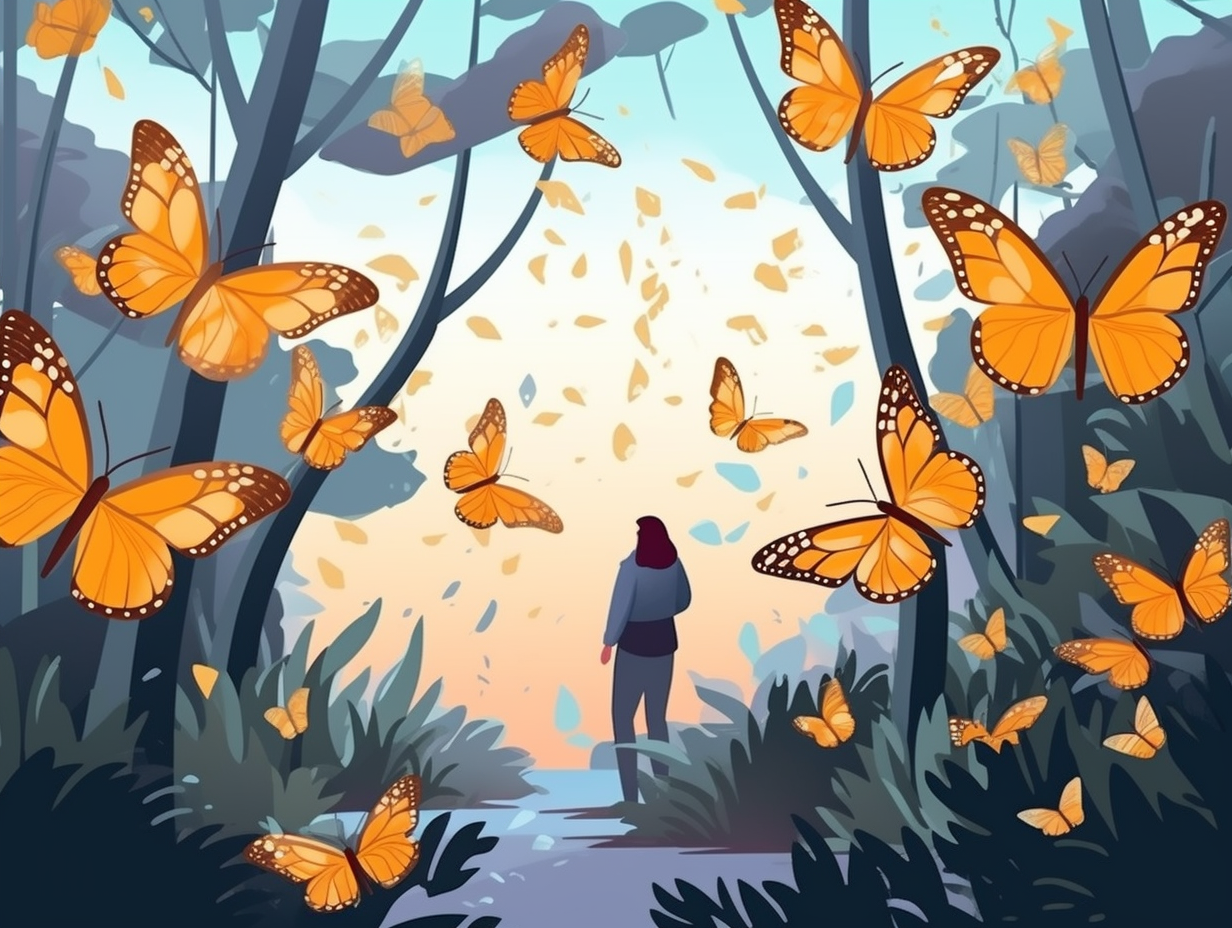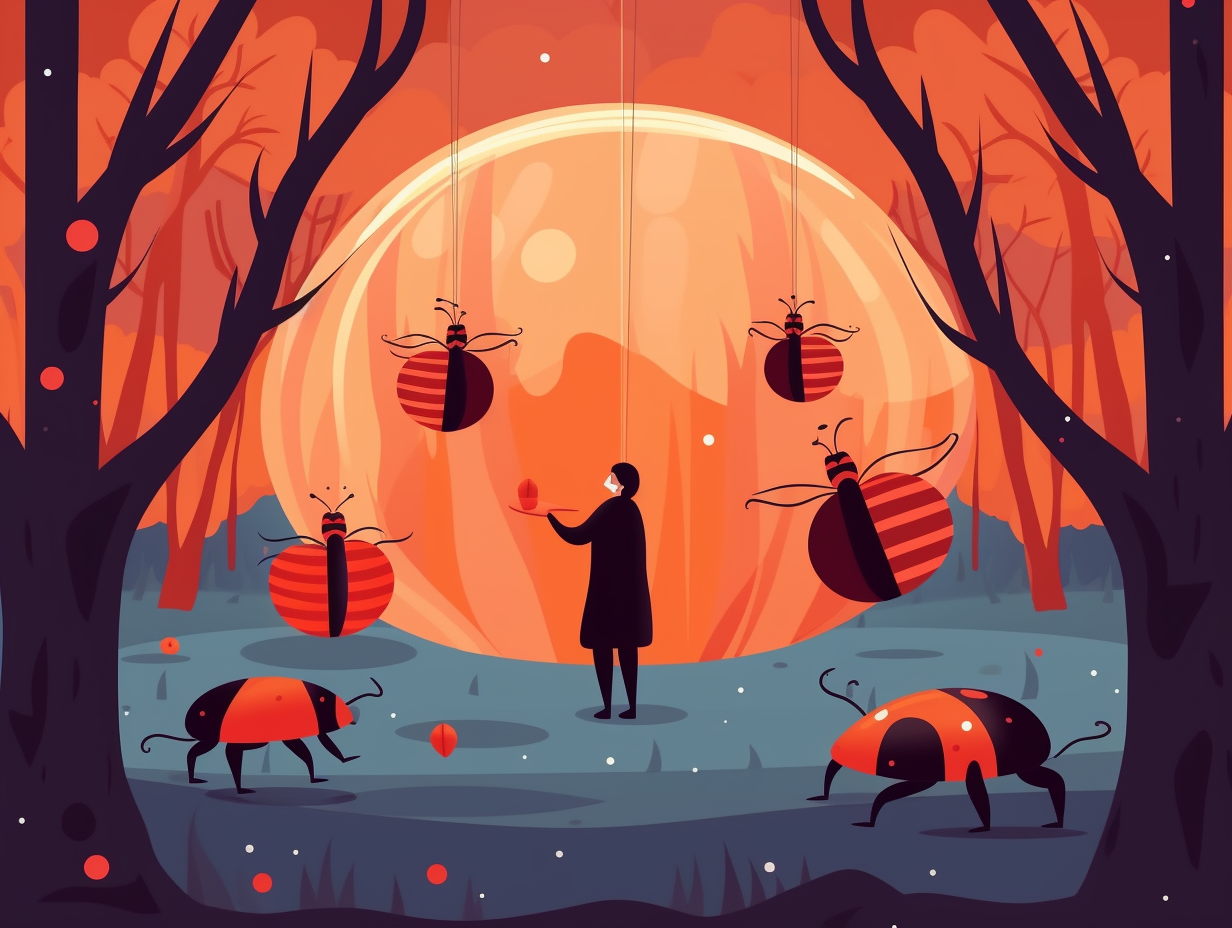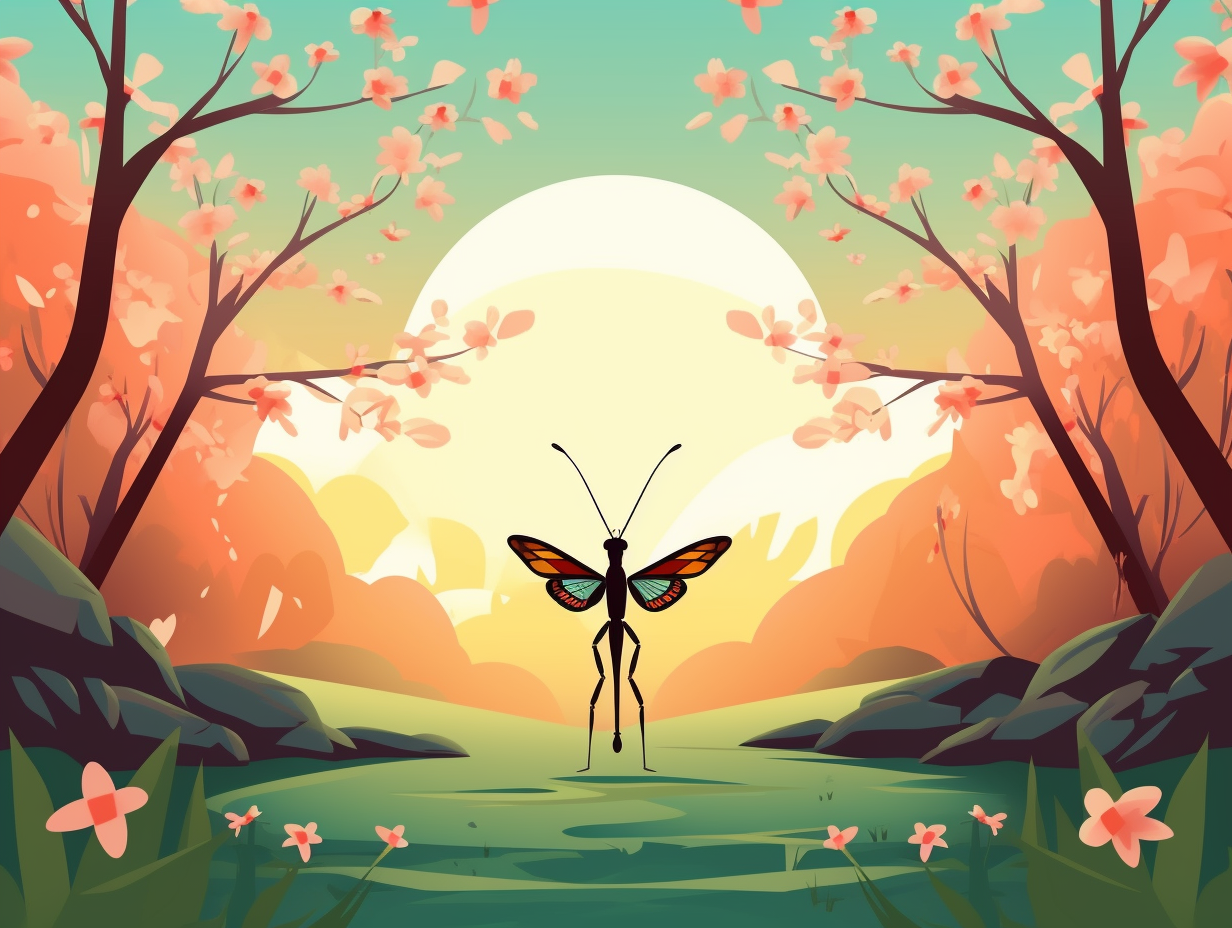Buzzworthy Discoveries: Top 11 Fun and Fascinating Facts About Yellow Jackets
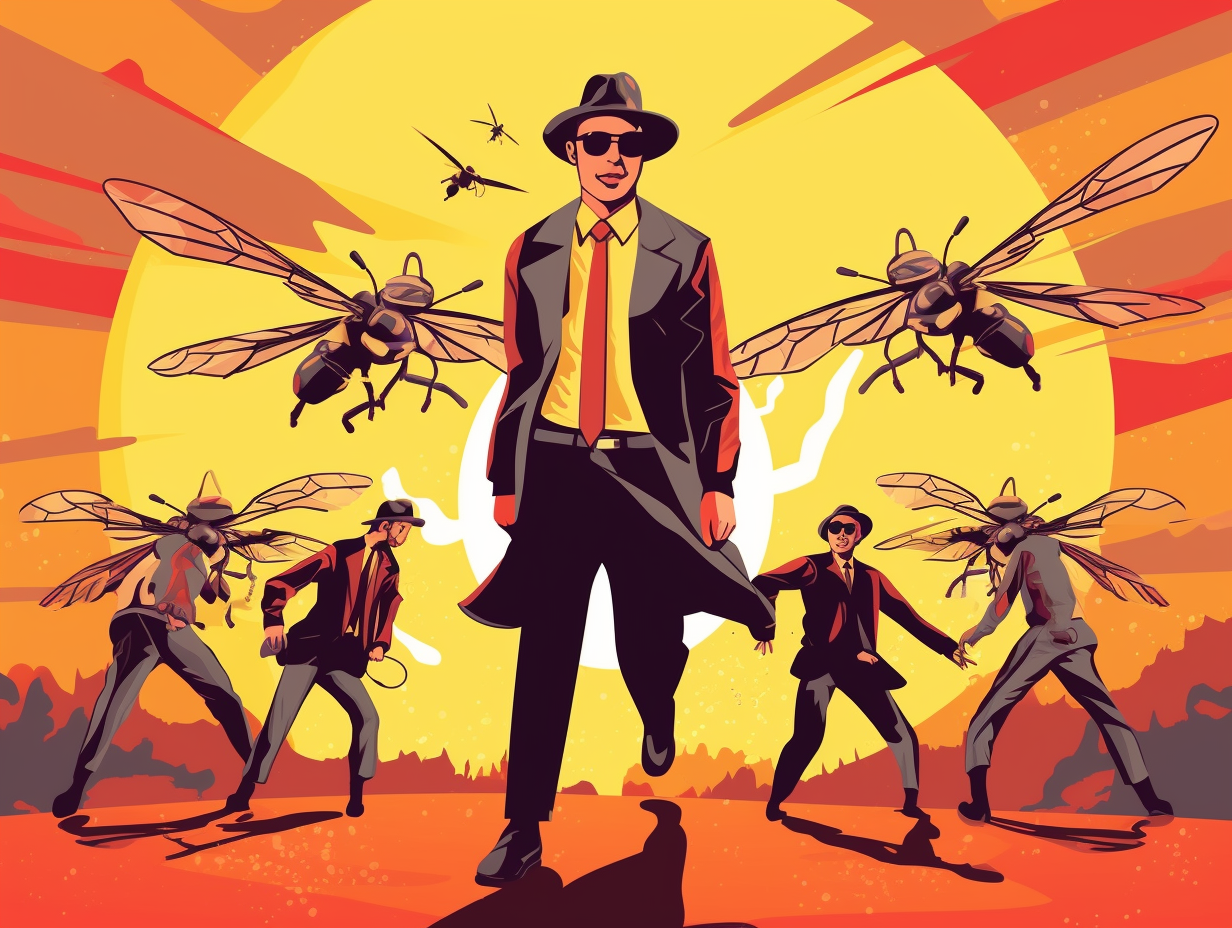
1. Ecosystem Superheroes
Move over superheroes, because Earth's ecosystem has its own set of bug-busting marvels: Yellow jackets are vital predators that keep pest insects like flies, mosquitoes, and other agricultural enemies in check, helping to maintain a balanced environment and preventing economic losses in farming.
Source => projectnoah.org
2. Feisty Stinging Machines
Step aside, honeybees, and make way for the feisty younger sibling who just discovered they can throw a mean punch: yellow jackets can sting multiple times due to their smooth stingers, making them more aggressive than their bee counterparts and causing sudden pain, inflammation, and other severe symptoms.
Source => healthline.com
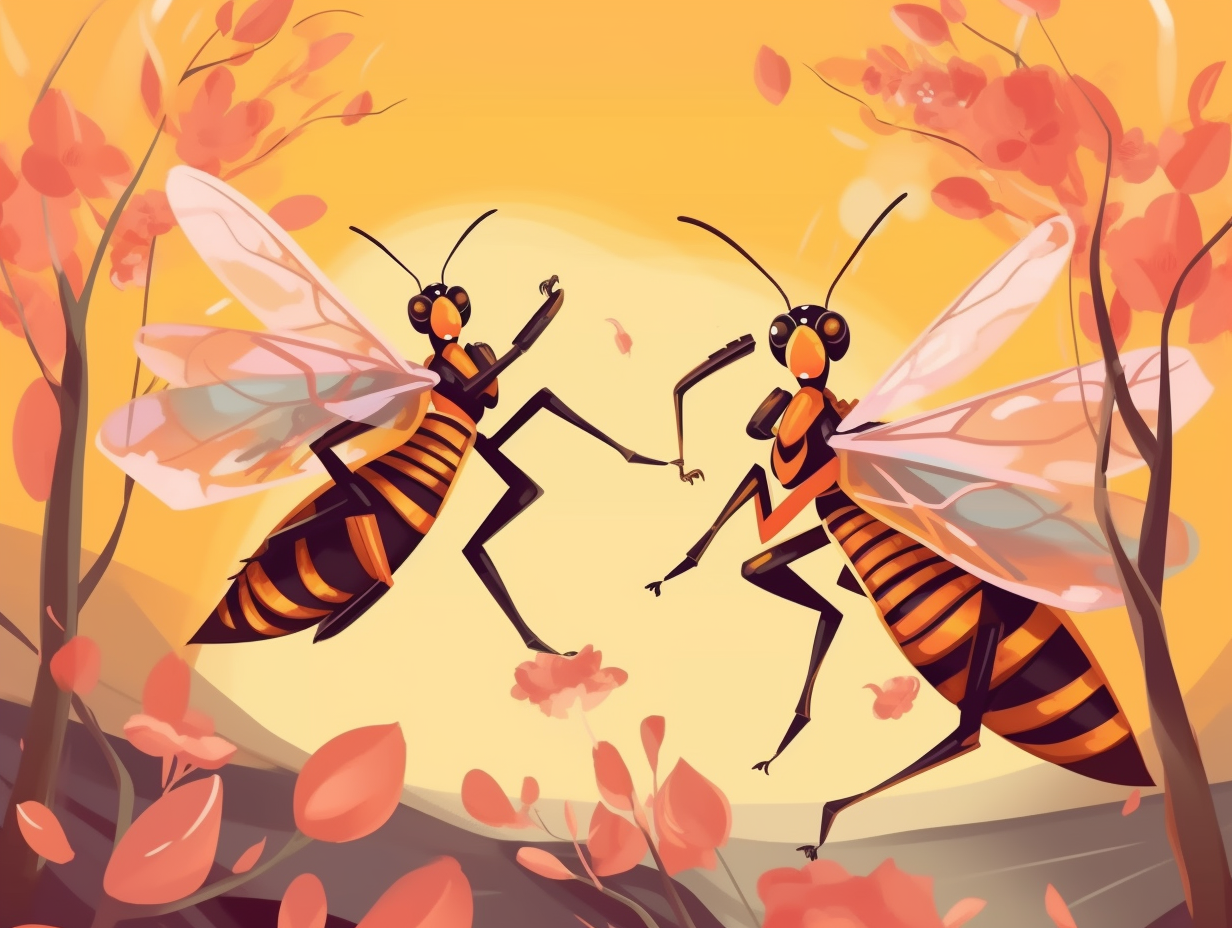
Did you know that wasps are actually the unsung heroes of pest control and essential pollinators? 🐝 Discover more incredible facts about these misunderstood critters!
=> Fun Facts about Wasps
3. Nature's Multi-Use Syringe
Say hello to nature's multi-use syringe, the yellow jacket: Unlike bees and their one-and-done stinging strategy, these buzzing mischief-makers come equipped with barbless stingers that allow for multiple skin punctures and venom injections, leading to more pain and swollen souvenirs for the unlucky recipient.
Source => washingtonpost.com
4. Dapper Garden Guardians
Yellow jackets: Distinguished guests at your next garden party or nature's master gardeners? These dapper little insects are more than just fabulous fashion icons with their timeless yellow-and-black attire: Boldly sauntering around your picnic, they are also specially appointed guardians of verdant havens, skillfully hunting down aphids, caterpillars, flies, and other pests that threaten to crash our botanical soirees.
Source => nytimes.com
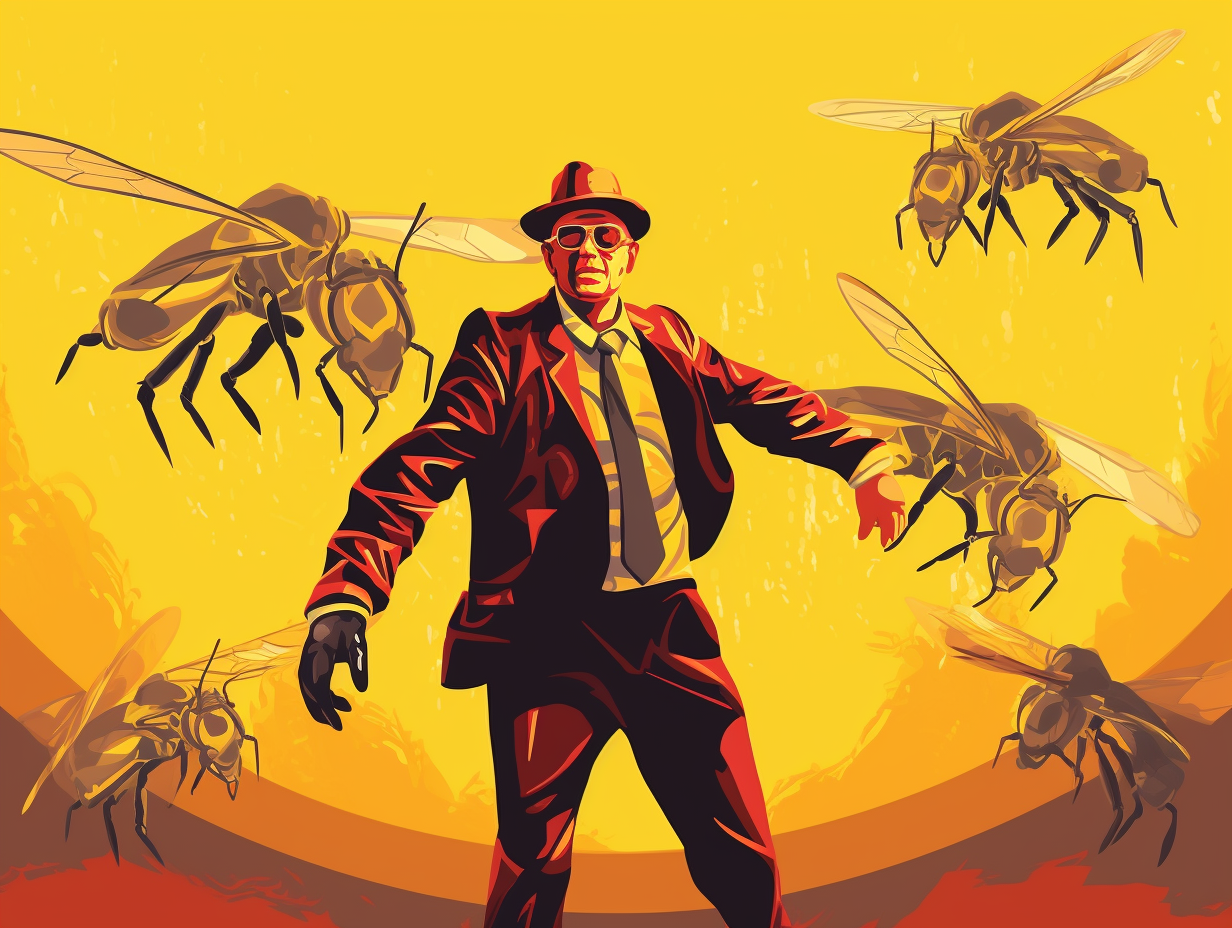
5. Party-Crashing Thrill-Seekers
Yellow jackets: buzzing bundles of fury and arguably nature's most insistent party crashers, these little rascals won't take "buzz off" for an answer. Serious reveal: Yellow jackets, unlike bees, can plunge their venomous daggers multiple times, with their nests hosting thousands of thrill-seeking tenants, and despite providing crucial pest control, they tend to become pretty aggressive tourists when raiding our picnics and trash cans for fruity treats and future queens!
Source => arrowexterminators.com
6. Kamikaze Pilots of the Insect World
Yellow Jackets: nature's kamikaze pilots, dive-bombing in defense of their turf like scaled-down Top Gun pilots on a sugar high! In all seriousness: the western yellowjacket species becomes increasingly aggressive in defending its nest as the colony grows larger, which is in stark contrast to the shyer paper wasp that only bothers with humans if we encroach upon their nests' airspace.
Source => ipm.ucanr.edu
7. Grumpy Seasonal Sandwich Snatchers
As summer fades and autumn rears its colorful head, our yellow jacket friends transform from peaceful bug devourers to aggressive sandwich snatchers, almost as if the change of seasons turned their clocks back to the terrible twos: While they're known for their increasingly grumpy disposition in the fall, yellow jackets play a crucial role in controlling insect populations by feasting on pests both dead and alive, and although they don't intentionally wage war on honeybees, they're not above swiping a quick snack from their fellow buzz buddies when easy pickings are scarce.
Source => washingtonpost.com
8. Buzzing Dynasties and Slumbering Queens
Who needs a well-organized corporate infrastructure when you can have a buzzing dynasty ruled by a queen who takes a nice, long winter nap? Behold, the yellow jackets: These fascinating little wasps cultivate colonies that can reach up to 5,000 workers during peak expansion, with the queen awakening from her winter slumber to construct her nest, lay eggs, and feed her hatched larvae with tasty insect bites. In warmer climates, yellow jacket nests can survive multiple seasons and explode to house more than 100,000 hardworking minions – talk about an insect BEEhind the eight-ball!
Source => orkin.com
9. Baldfaced Hornet: Sitcom Imposter
In an entomological case of mistaken identity worthy of a sitcom, the baldfaced hornet got its name wrong in the credits, making us believe it's a hornet when it has actually been a yellowjacket all along: The cheeky imposter belongs to the genus Dolichovespula, exclusive to yellowjackets, and gives itself away with a football-shaped, grey papery nest – signature real estate of a true yellowjacket.
Source => extension.psu.edu
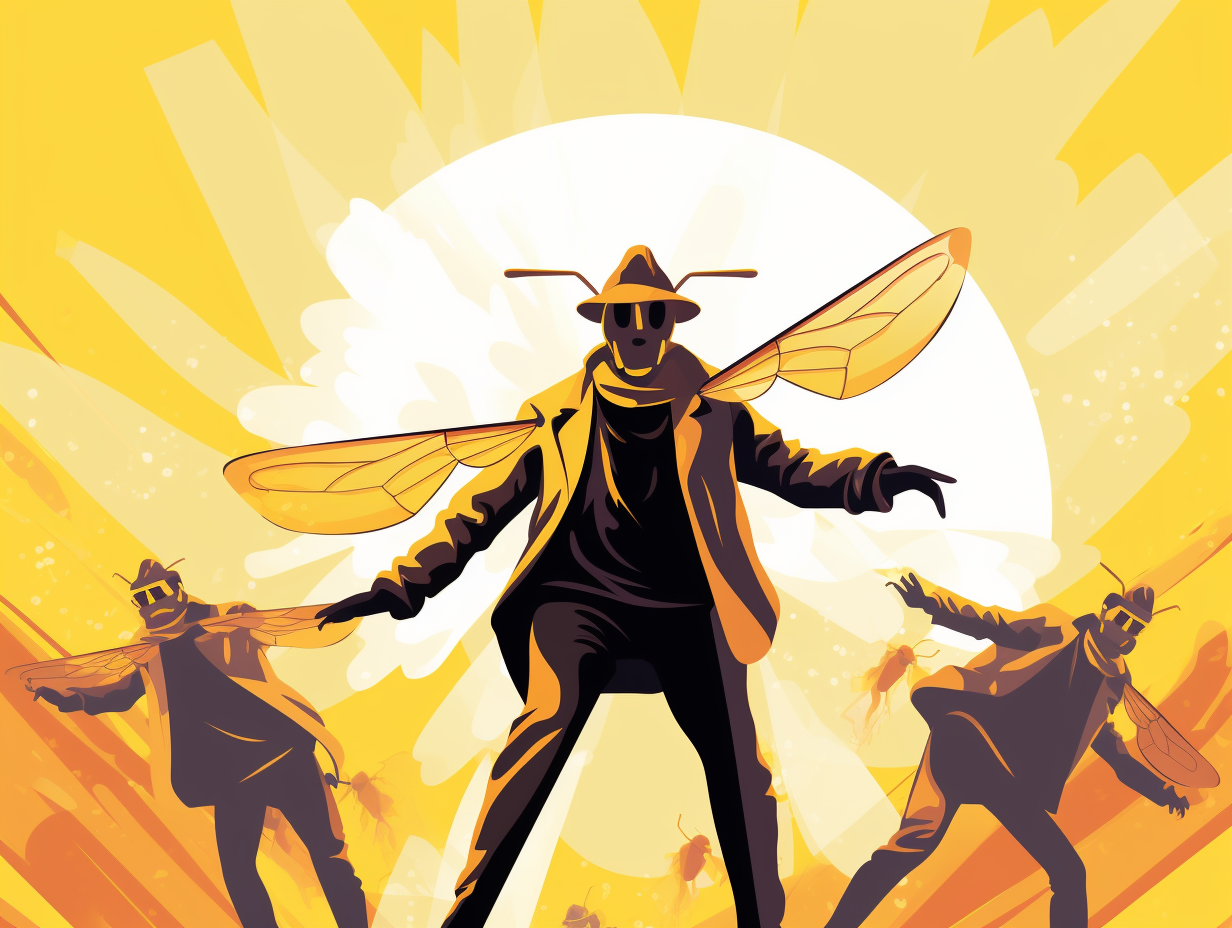
10. Fearsome Flower Pollinators
Well, tickle my pollen and call me a pollinator: yellow jackets, despite their fearsome reputation, play a vital role as pollinators for various plants and flowers, by feeding on nectar and pollen, unknowingly transferring pollen between blossoms and assisting in their reproduction process.
Source => nature.discoveryplace.org
11. Sweet Tooth, Sting in the Tail
Sweet-toothed party crashers with a taste for meat, yellow jackets are like rowdy guests at a summer barbecue, but with a sting in their tales: These wasps are drawn to sugary treats and flowers’ nectar, while also feasting on meat, garbage and picnic scraps. To keep these uninvited picnic pals at bay, simply maintain a clean outdoor eating area and dispose of leftover food in covered trash cans – because once they find a good spread, they’ll be back for seconds and thirds!
Source => chicagotribune.com
Related Fun Facts

